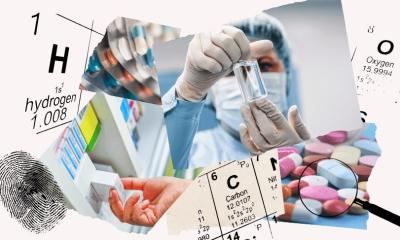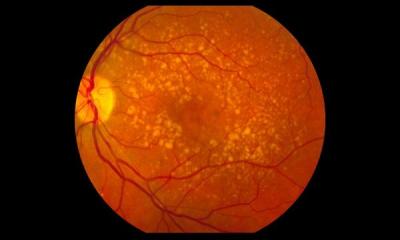Germany: Tackling contaminated water
Compared with private households, hospitals may only produce 10-20% of wastewater containing the residue of drugs; however, tackling the problem is very necessary.
One interesting project, developed at the 400-bed district hospital KKH Waldbröl, Germany, has involved the management, Environment Ministry, research institutions, engineers, to work as a team and produce an ecological and economic sanitation and sewage system.
Johannes Pinnekamp, head of the project and Director of the Institute for Settlement Management at RWTH Aachen University, pointed out that individual drugs, such as contrast media or cytostatics, make hospitals the main culprits in environmental contamination. Due to stricter legal requirements, veterinary medicines will become far less likely to enter wastewater, which is not the case for human medications – and their use continues to rise. ‘The concentration of medical agents in drinking water is between a hundred to a million times lower than any one prescribed daily dose, but we don’t yet know how these minute amounts, if consumed over a period of years via drinking water, affect our health,’ he added. Consumed by water organisms they can definitely have an effect. Artificial oestrogens, such as those excreted by women on the contraceptive pill, lead to a feminisation of male fish. But anticonvulsant and mood stabiliser Carbamazepine also has damageable effects on the ecosystem.
The team not only aims to produce a viable ecologically acceptable system at KKH Waldbröl, but also a ‘master plan’ to determine which hospitals could also economically benefit from this. Considering rising electricity and water costs, even comprehensive modifications could ultimately pay off. ‘Sewage treatment costs are based on the pollution level and the amounts of waste and rain water drained at the same time and then purified by the communal sewage works,’ explained Christian Mauer of Pöyry GKW GmbH Essen, who is responsible for the economic evaluation of the project. Purely based on sewage charge reductions, he calculated an annual saving of around Euro 80,000.
To date, rain water from roofs and car parks at Waldbröl has been separated from the general sewage system as far as possible. This is fed into a nearby stream via a rain retention basin, which not only limits the volume of wastewater but also means that the seepage water charge, levied on land areas in Germany, is inapplicable. ‘Furthermore, highly concentrated waste water is easier to purify than water diluted by rain water,’ said leading engineer Silvio Beier at the RWTH Aachen University.
The scientists developed a Membrane Bioreactor (MBR) for contaminated hospital wastewater. This has a membrane of fine pores that filters the waste water. The remaining biomass consists of a multitude of bacteria and other micro-organisms, which largely break down any substances dissolved in the water. However, substances that are hard to break down, such as many drugs, cannot be eliminated.
For further treatment, the Aachen scientists are now testing three processes for the strongest effect and lowest costs. ‘Active coal has a huge surface area of 900–1,200 square metres per gram. A large number of organic substances can attach to this surface and hence be removed from water,’ Silvio Beier explained. This occurs due to the tiny pores in every granule of coal. The other processes are nanofiltration, or rather reverse osmosis, and ozonisation, in which oxygen radicals destroy the mostly large-molecule drug compounds.
The elimination capacity for all these processes is determined. The Aachen scientists chose various, significant active ingredients from different indication groups, such as antibiotics, anticonvulsants, beta blockers, lipid lowering agents, cytostatics, anti-rheumatics and a few others.
The Waldbröl hospital research and modification project was expensive – estimated costs (including scientific research) after completion: c. Euro 2.5 million. 80% of this will be funded by North Rhine-Westphalia State.
Nonetheless, Christian Mauer believes this type of project would be beneficial for other hospitals, first because costs can be reduced, particularly for larger hospitals where renovations or new buildings are already planned, as well as centres with increased wastewater contamination, e.g. cancer units. At the KKH Waldbröl, the sewage disposal cost reduced from Euro 4.20 per cubic metre of wastewater to just fewer than 50 cents per cubic metre. ‘This equates to a savings potential of Euro 81,000 per year,’ Christian Mauer concludes.
28.10.2008





